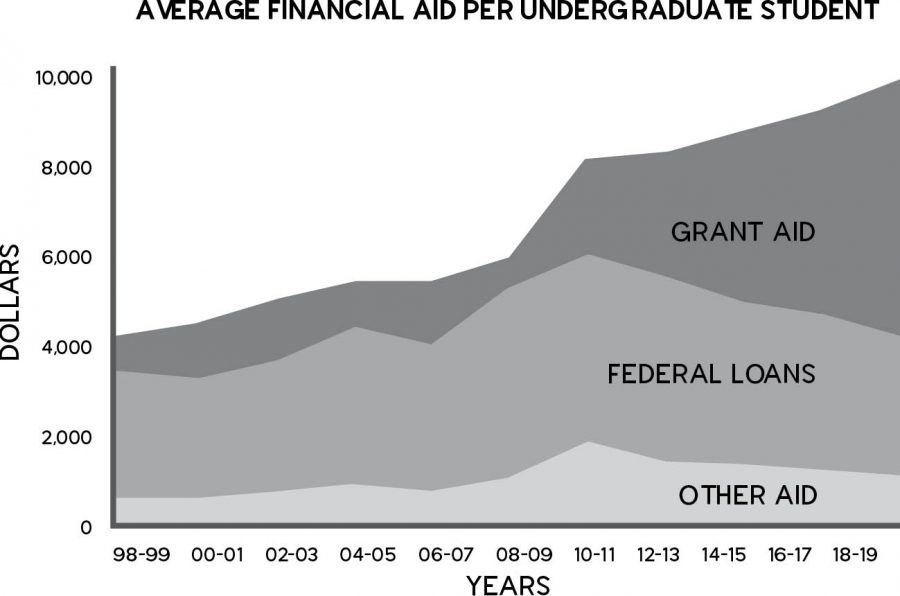College Board accounts for adversity with new Landscape program
March 9, 2020
Merit and minorities: two aspects college admissions teams struggle to balance when reviewing applications. Affirmative action and the new College Board program, Landscape, are among the solutions colleges are using in an attempt to fix this problem.
Affirmative action is a policy implemented to give special consideration to underrepresented minorities during the admissions process, such as racial minorities like African-American and Latinx students, as well as women. According to Cornell Law School, the policy was implemented in an effort to draw attention to the impacts certain adversities have on students’ academics. Senior Jenna Wynd of Manasquan believes that this special consideration may have helped her during the admissions process.
“I am a woman going into computer science, specifically cybersecurity, where they have quotas, gender quotas, that they have to meet, so I think they have helped me,” Wynd said.
Senior Riley Brennan of Manasquan believes the policy stems from good intentions, but is still flawed.
“[Affirmative action] is a good idea in concept, but not necessarily in execution,” Brennan said. “There are better ways you could ensure diversity, or encourage it.”
Senior Emily Madeira believes that since affirmative action in college admissions often focus solely on race, sometimes other factors and minority groups can be overlooked.
“Systems like the adversity score do a better job of taking into account not just their race, but the background that they come from,” Madeira said.
In May of 2019, College Board announced plans to implement the use of the adversity index mentioned by Madeira to universities across the nation by 2020. However, College Board abandoned the concept roughly four months after the announcement due to widespread criticism.
According to US News, the adversity index, officially titled “the Environmental Context Dashboard,” provides colleges with information about the schools and neighborhoods of applicants. The index is meant to help admissions officers understand the challenges applicants face due to their environment and rank students’ overall adversity between 1 and 100.
In September, College Board announced its decision to abandon the program due to criticism and presented a replacement: Landscape. Similar to the Environmental Context Dashboard, Landscape aides college admissions officers in understanding their applicants’ backgrounds. However, it does not include an numerical adversity score, now providing data from various categories, including basic high school data, test score comparison and high school and neighborhood indicators.
Guidance counselor Melanie Sambataro believes that Landscape may not accurately depict the struggles some students face.
“It really seems very similar to what College Board was trying to do with the ‘adversity index’. I think there are some factors that could really skew the data for some students as well, particularly at regional schools where students are coming from many different neighborhoods,” Sambataro explained. “Many students that face adversity and this does not always provide an accurate representation of that.”





